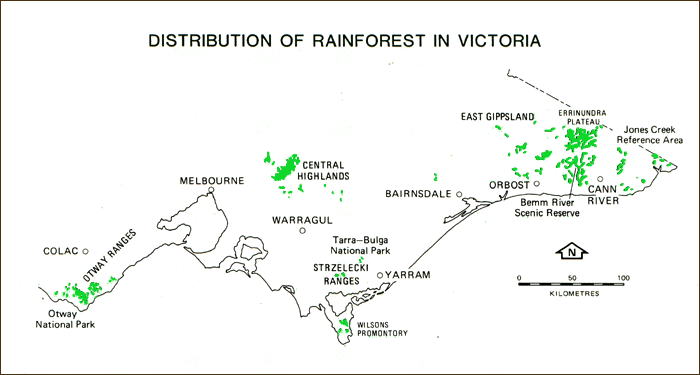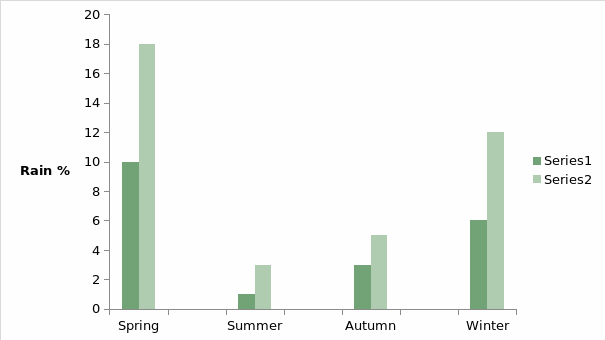
The region of Victoria in Australia is covered by thirty two thousand hectares of rainforest. The notable areas at present are Otway Ranges, Wilsons Promontory, East Gippsland, Central Highlands, and Strzelecki Ranges. Climate change has become a great concern, especially on its potential effects on the sustainability and size of the rainforests of Victoria. This poster examines effects of climate change, and its impacts on the size and sustainability of the East Gippsland rainforest.
The East Gippsland rainforest is known for more than 40 plant species with the fern specie being dominant. Series of researches have been carried to establish the impacts of climate change on sustainability of the different species of vegetations in the forest. The results of the research by Brooke in the year 2005 was examined to establish the actual impacts of climate change on the East Gippsland forest, especially for the fern specie. The results of climate change within the forest are summarized below.
Year 1980 (series 1) 2000 (series 2)
The results are presented in the following histograms



Results
From the above results, it is apparent that there is increase in temperature and amount of rainfall in the forest between the year 1980 and 2000 as indicated in fig.2 and fig.3. High temperatures are as a result of global warming which is associated with flash floods in the Victoria region. Therefore the vegetation in the East Gippsland rainforest is prone to destruction as a result of fires which are propelled by high temperatures.
Besides, flashfloods are likely to destroy young trees, and interference with the density of the forest. In this research, it is apparent that high temperatures have increased the amount of rainfall in the rainforests around Victoria and instances of wild fires which destroy the forests. However, there is need to carry out further research on changes in other climatic conditions which affect the rainforests before making a comprehensive conclusion.